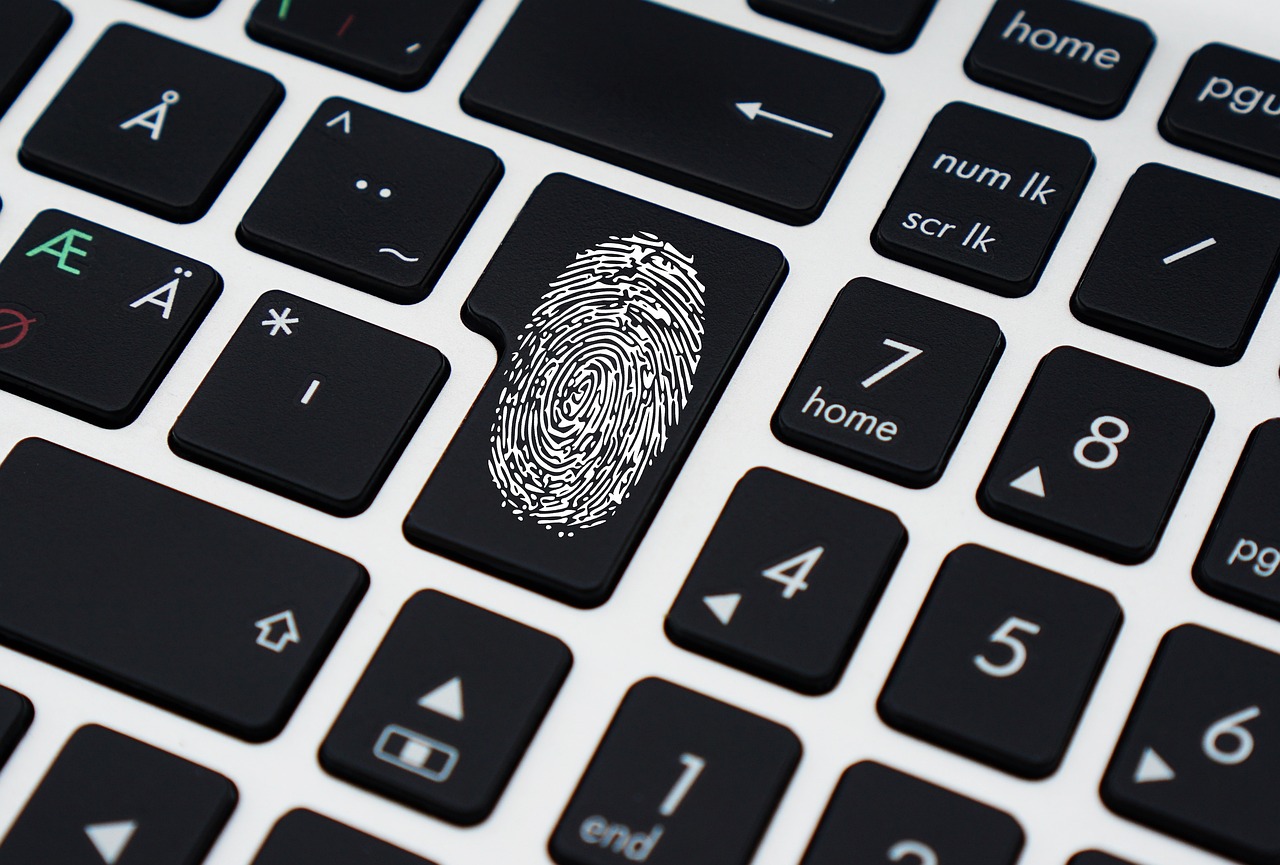The username-password combination has been the cornerstone of digital authentication for decades, but its days are numbered. Security experts and technology companies are racing to implement alternatives that are both more secure and more user-friendly than traditional passwords.
The Password Problem
Passwords are fundamentally flawed. They’re either simple enough to remember (and hack) or complex enough to be secure (and forgotten). The average person has over 100 online accounts, making password management a nearly impossible task. Data breaches regularly expose millions of passwords, and users often reuse the same credentials across multiple sites.
Biometric Authentication
Fingerprint scanners, facial recognition, and voice authentication are becoming standard features on smartphones and laptops. These biometric systems are convenient and difficult to replicate, but they’re not perfect. Biometric data can’t be changed if compromised, and sophisticated attacks can sometimes fool these systems.
Behavioral Biometrics
Beyond physical characteristics, systems are learning to recognize how you interact with devices. Your typing rhythm, mouse movement patterns, and even how you hold your phone create unique behavioral signatures. These “behavioral biometrics” work continuously in the background, detecting unusual activity that might indicate unauthorized access.
Hardware Security Keys
Physical security keys, like those made by Yubico, provide strong two-factor authentication that’s nearly impossible to phish. These devices use cryptographic protocols to prove your identity without transmitting passwords over the internet. Major platforms including Google, Microsoft, and Facebook now support hardware keys.
Passwordless Authentication
Companies are implementing “passwordless” systems that combine multiple authentication factors. Microsoft’s approach uses a combination of your device, biometrics, and behavioral patterns to verify identity without requiring a traditional password. This provides security comparable to complex passwords with the convenience of a simple unlock.
Blockchain and Decentralized Identity
Emerging technologies are exploring decentralized identity systems where you control your own authentication credentials. These systems could eliminate the need for centralized password databases that are attractive targets for hackers.
The Transition Challenge
The shift away from passwords isn’t happening overnight. Different systems require different approaches, and users need time to adapt. The most successful implementations combine multiple authentication methods, allowing users to choose options that work for their specific needs and comfort levels.
What This Means for You
Start enabling two-factor authentication on important accounts, consider using a password manager for the transition period, and familiarize yourself with the biometric and hardware authentication options available on your devices.
The future of authentication is more secure, more convenient, and more personalized than passwords ever were.



